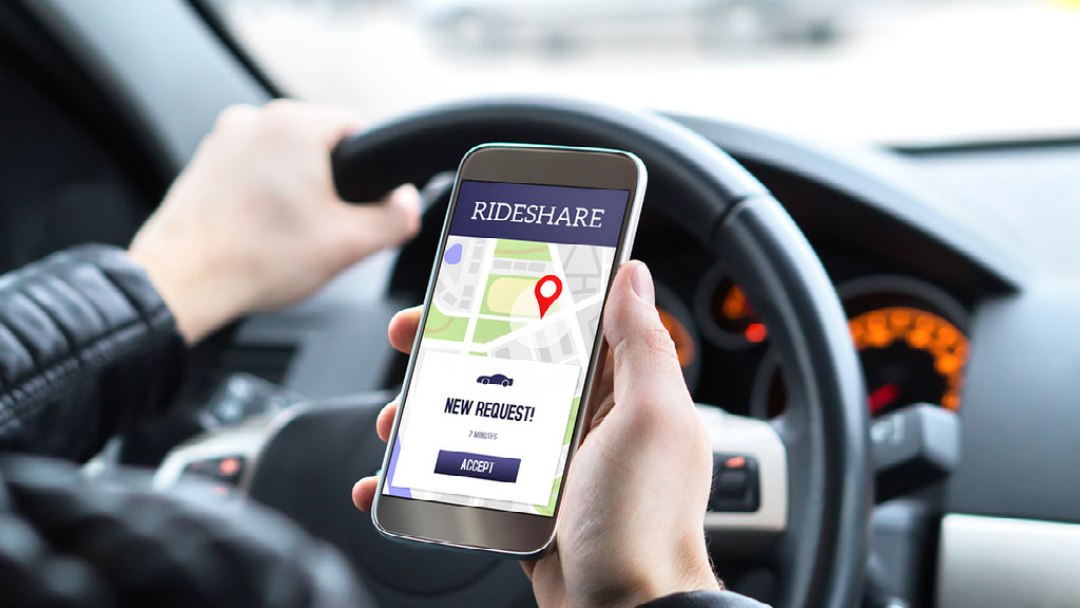Creating Your Own Rideshare: A Guide to Building a Successful Platform
In recent years, the ridesharing industry has experienced a significant boom, transforming the way people commute and travel. The success stories of companies like Uber, Lyft, and Grab have inspired many entrepreneurs to explore the possibility of creating their own ridesharing platform. If you’re one of those aspiring entrepreneurs, this blog post will guide you through the key steps to create your own rideshare platform.
Market Research and Analysis:
Before diving into the development process, it’s crucial to conduct comprehensive market research and analysis. Understand the existing ridesharing landscape in your target region, identify the gaps or untapped opportunities, and assess the competition. Analyze customer preferences, pricing models, and the legal and regulatory requirements specific to your market. This research will help you define your unique selling points and develop a strategy for success.
Define Your Value Proposition:
To stand out in a crowded market, you must define a compelling value proposition for your rideshare platform. Identify what differentiates your service from existing players and how you plan to address the pain points faced by both riders and drivers. This could be improved safety features, better driver compensation, or enhanced user experience through innovative features.
Build a Dedicated Development Team:
Developing a robust rideshare platform requires a skilled and dedicated development team. Hire experienced software engineers, mobile app developers, UI/UX designers, and quality assurance specialists to ensure a seamless and user-friendly experience. If you lack technical expertise, consider partnering with a technology provider or outsourcing development to professionals with a proven track record in building similar platforms.
Design and Development:
Create an intuitive and visually appealing user interface (UI) for your mobile application and a responsive web interface for administrative tasks. Develop separate apps for riders and drivers, ensuring both have access to the necessary features and functionality. Incorporate features such as real-time GPS tracking, ride history, fare calculation, driver ratings, and secure payment integration to offer a competitive experience.
Implement Robust Security Measures:
Security is of paramount importance in the ridesharing industry. Develop stringent verification processes for drivers, including background checks, driver’s license verification, and vehicle inspection protocols. Implement advanced encryption techniques to secure user data and transactions, and continuously update your platform to address any emerging security concerns.
Driver Recruitment and Onboarding:
Attracting and retaining a pool of reliable and professional drivers is crucial for your rideshare platform’s success. Develop a driver onboarding process that includes comprehensive training, orientation sessions, and clear guidelines on service standards. Offer competitive compensation packages, flexible working hours, and incentives to keep drivers motivated and engaged.
Launch and Marketing Strategy:
Once your platform is ready, it’s time to launch and create awareness about your service. Develop a comprehensive marketing strategy that leverages various channels such as social media, online advertising, influencer partnerships, and targeted promotions. Offer attractive sign-up bonuses, referral programs, or discounts to encourage users to try your service. Consider launching in specific geographic areas to focus your marketing efforts effectively.
Continuous Improvement and Expansion:
To remain competitive, continuously gather user feedback and iterate on your platform. Regularly update your app with new features and improvements based on user preferences and changing market dynamics. Expand your service gradually to new cities or regions, strategically growing your user base while ensuring your platform’s scalability and stability.
Considerations
Creating your own rideshare platform can be a challenging yet rewarding endeavor. By conducting thorough research, defining your value proposition, and building a reliable and user-friendly platform, you can carve out your niche in the ridesharing industry. Remember to prioritize user safety, focus on driver satisfaction, and continuously innovate to meet evolving customer needs. With determination, a well-executed plan, and a commitment to quality, your rideshare platform can become the go-to choice for commuters in your target market.

